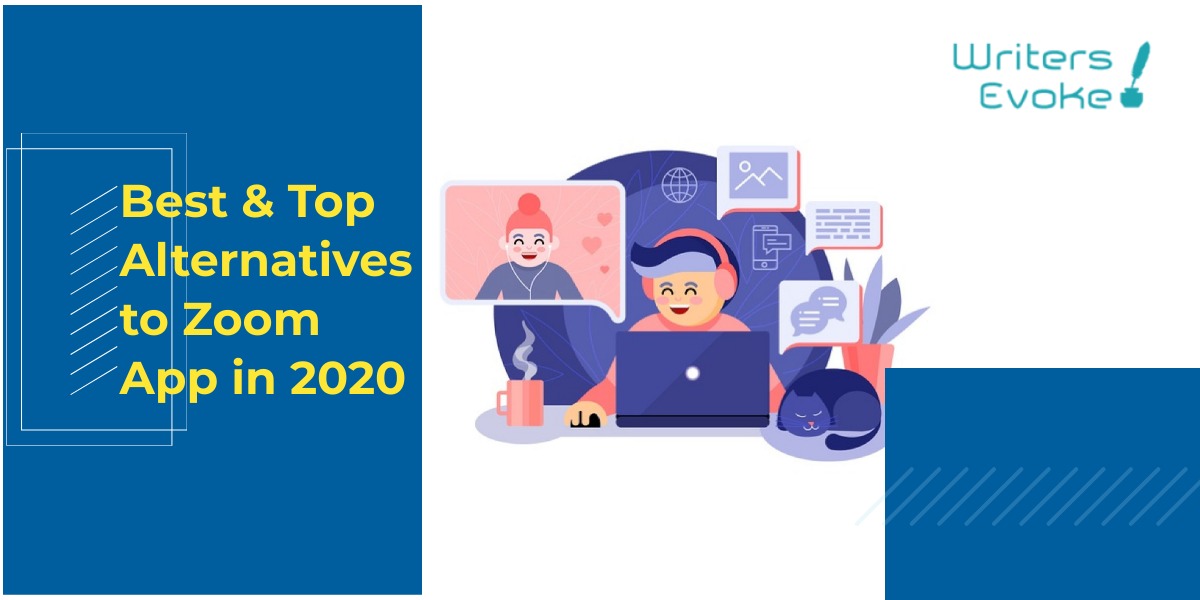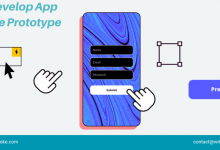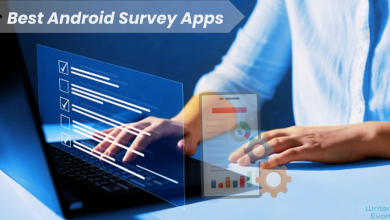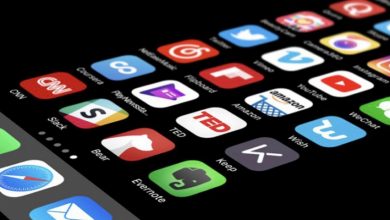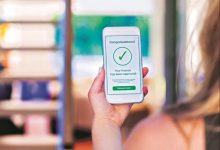5 Apps That Help Prepare Schools in Disaster
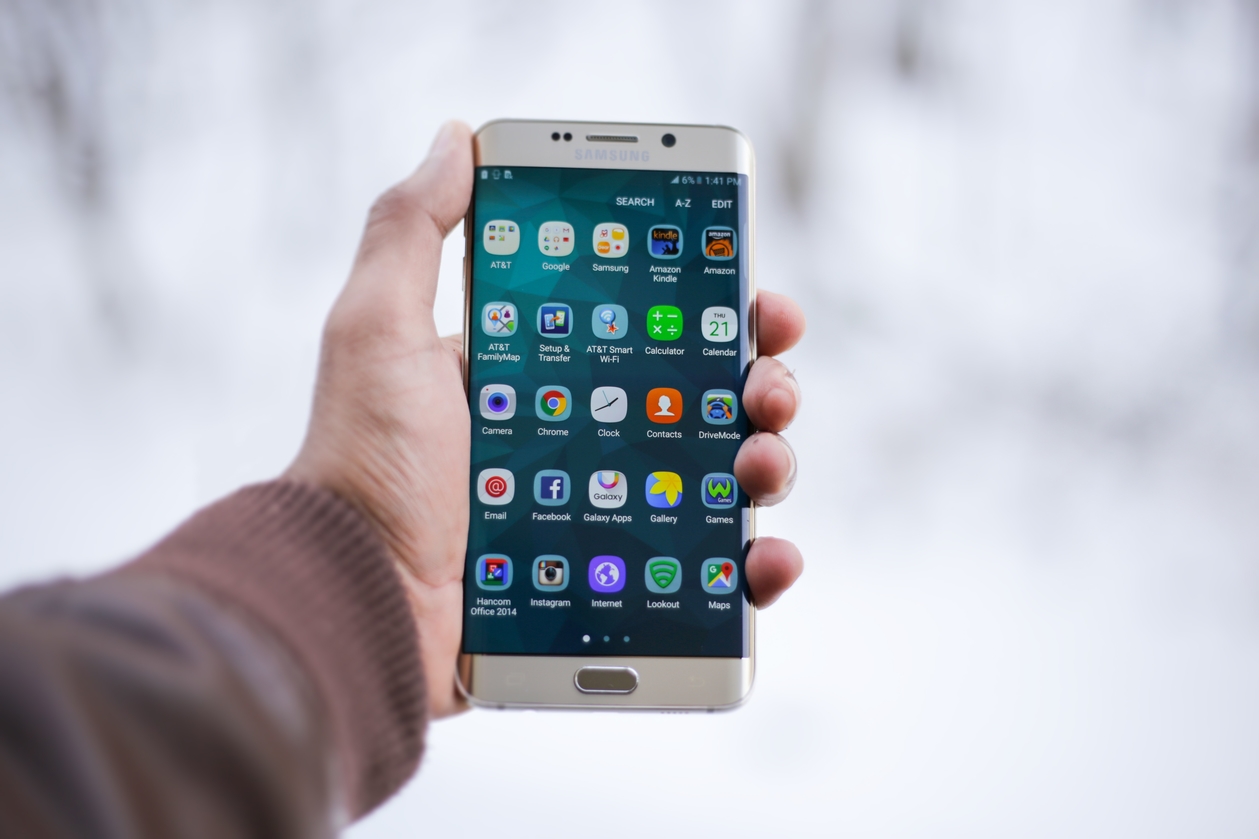
Index Of The Blog
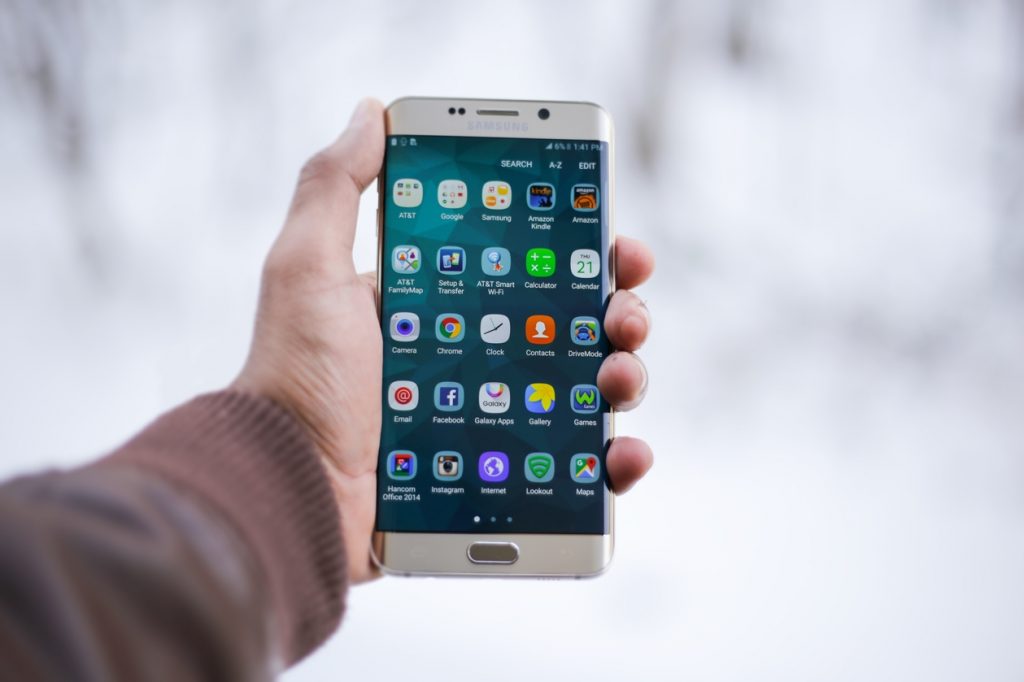
A blunt truth is that disasters come in all shapes and sizes. When speaking in regards to a school, these disasters can be on a national level like the COVID-19 pandemic, a local scale like a community member passing away to soon, or even on a level as granular as something traumatic that only affected one student at the school, like a divorce.
Regardless of the reach of the traumatic event, young people react differently to disasters and need to be counseled differently to ensure the negative mental effects of the event are kept at bay. Especially in cases that involve a school closure, technology can help reach students who have been affected by a crisis.
Also Know: Adsense Alternatives
Here are 5 apps to help stay connected and give help to students after a disaster strikes.
Anonymous Communication Apps: School Grief Counseling 101
Though most schools have a few trained grief counselors on staff, educators can still tend to be hesitant to ask a student if he or she is struggling because of the frequency of interactions with that student. The student, at the same time, may not want to share personal grief with someone he or she is going to see every day.
For students who want counseling but also want to remain anonymous, there are apps for that. As a building block, the BetterHelp app offers a free one-week trial so users can “meet” with different counselors and choose one they like, or choose to find a different service with no charge (if canceled after the week trial).
Talkspace for Teens is a service that matches licensed therapists to students and guarantees privacy and anonymity if those students request them. The app offers video, audio, or text therapy and is “very easy to use” by most accounts.
FEMA App is a Government Go To
This free app is more focused on large scale disasters and how to prepare for them, and deal with them in real-time. FEMA, the Federal Emergency Management Agency, is in existence to “support the citizens and first responders to promote that as a nation we work together to build, sustain, and improve our capability to prepare for, protect against, respond to, recover from, and mitigate all hazards.”
The app is downloadable at any time, and not a bad thing to have even when there is no disaster occurring. It gives users real-time alerts regarding inclement weather, it has a bank of safety tips for any kind of disaster, and users can “share” alerts via social media, which is always an added bonus for the younger generation.
Also Know: Best Trading App In India
First Aid American Red Cross
This free app is similar to the FEMA one, but also has a slew of tips and procedures on how to deal with the more granular crises mentioned above. With a whole “emergency” tab, users can have, at their fingertips, tips on how to deal with someone’s allergies, asthma, bleeding, choking, poisoning, stroke, and so much more. It also has active updates on local hospitals regarding location, wait times, and types of services offered (ER, Urgent Care, etc.).
PFA Mobile
The PFA Mobile (Psychological First Aid) app was created by The National Child Traumatic Stress Network and aims to provide necessary mental relief from and following disasters, just as the FEMA and Red Cross apps offer means of physical healing. This app is not solely for students and offers resources for anyone suffering from PTSD, especially veterans.
What Else Can Schools Do to Prepare?
In addition to downloading the apps that provide tips and procedures that should be reviewed regularly by staff, schools can prepare for disasters in many other ways. Strategies such as fire drills and active shooter drills are good starts, but odds (and hopes) are most students won’t ever have to use the training they learn at these events.
Preparing for smaller crises like a student being bullied and experiencing PTSD afterward are the types of preparation that a teacher can plan on using on an annual basis. Simple observation of a student’s behavior both in and out of the classroom can help one recognize any red flags about that student’s metal well-being.
Each of these apps offers a different set of tools to help your school prepare for, or deal with a number of disasters and allows contact to reach far beyond the classroom. Being proactive and teaching before something bad happens is still the best way to ensure your school will be able to withstand a disaster of any kind.
Also Know: Zoom Alternatives

